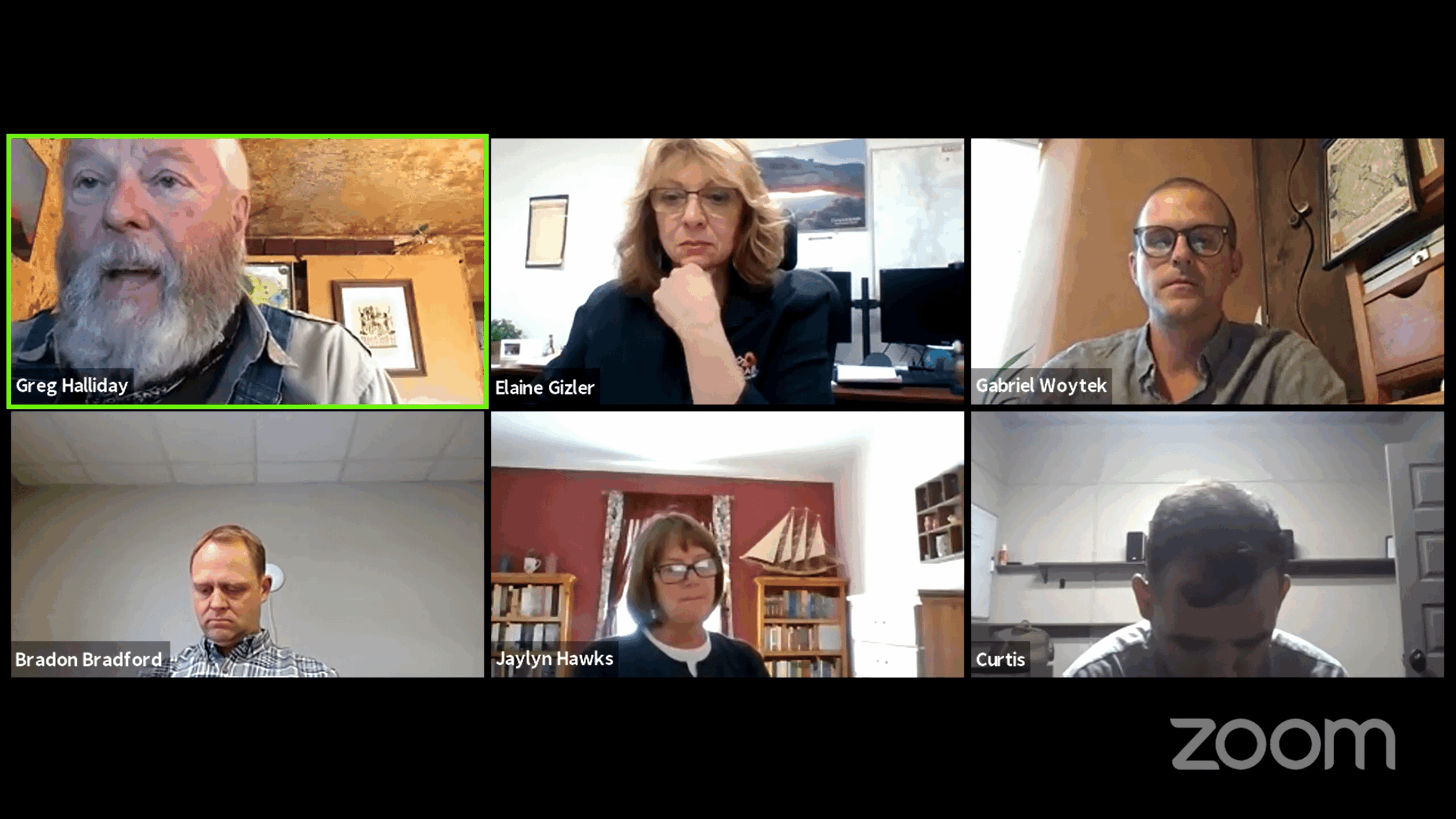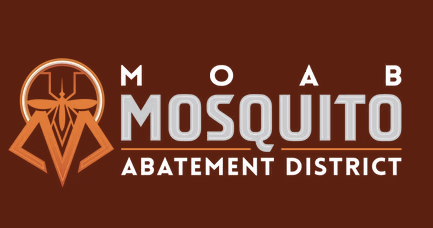Some information may be outdated.
The Grand County Council voted to recommend that the public be required to wear masks in indoor public places to prevent the spread of COVID-19 in the county.
The vote, held during a special meeting on Tuesday, June 30, was split with council members Curtis Wells and Rory Paxman voting in opposition.
The recommendation will be conveyed to Utah Governor Gary Herbert by the Southeast Utah Health Department. The Governor retains the right to approve or reject local public health ordinances due to recent legislation.
A similar request for mandatory mask usage in Salt Lake County and Summit County was approved and went into effect on June 27. State guidelines already require all businesses to have employees who work with the public wear facial coverings.
Council Chair Mary McGann opened the discussion with a quote from a digital meeting of the International Public Management Association for Human Resources: “If a COVID-carrier who isn’t wearing a mask encounters a healthy person with a mask, the transmission rate is 70%. If a COVID-carrier is wearing a mask, and encounters a healthy person not wearing a mask, the transmission rate drops to 5%. If a COVID-carrier wearing a mask encounters a healthy person wearing a mask, the transmission rate is 1.5%.”
McGann said she further researched those statistics and was convinced that wearing a mask is effective and important enough to push for mandatory compliance. She referenced other public health laws, like anti-smoking and mandatory seat belt laws, that have had significant positive outcomes.
“Grand County’s economy is fragile,” McGann said. “We cannot afford huge increases in cases in our county. I do not want to take a step backwards like Florida and Texas have had to do.”
Both those states have reinstated COVID-19 restrictions that had been lifted.
Councilmember Greg Halliday told the council that his brother had contracted COVID-19 and unknowingly passed the virus on to his immediate family. Halliday stressed the seriousness of the public health risk.
“My brother and his wife spent upwards of six hours each in the emergency room, trying to breathe,” said Halliday. “That’s reality.”
He noted that their extended family did not get infected, even though his brother visited several family members belonging to high-risk demographics before he was aware he was carrying the virus. Halliday said that’s because they met outdoors and were wearing masks.
“Wearing a mask is a very, very small thing to do to maintain our health and economic viability,” said Halliday.
Councilmember Rory Paxman expressed doubts about the necessity and practicality of a mask mandate, noting that he’s seen many people wearing their masks incorrectly and wondering how enforcement of such a mandate would work. Paxman said the council should be focusing on how to help struggling businesses.
“We’re already hurting in our business. And I just see that this is going to cause a lot of problems with visitors and employees,” said Paxman.
Citizen Lori McFarland called in during the citizens to be heard portion of the meeting to say she opposed the creation of laws that will be difficult to enforce.
“I think it’s important that we create legislation that’s effective, but not superfluous, and continue to allow people to make smart, conscious, healthful choices, rather than mandating those choices,” she said. “I prefer that we don’t ask law enforcement to enforce things that are impossible to enforce.”
Councilmember Jaylyn Hawks said she wished that people were consistently wearing masks voluntarily “because it’s the right thing to do.” She described models published by the Institute for Health Metrics and Evaluation that predicted that with universal mask-wearing, COVID-19 deaths over the next three months could be cut in half.
“To me, those numbers speak. And this site has been really accurate in predicting how this thing will play out so far,” Hawks said.
“I would like people to do it voluntarily,” Hawks said of wearing masks. “But we’ve had the last month or six weeks to decide whether or not we’re going to do it voluntarily and it doesn’t look like that’s happening.”
Also on the agenda was a discussion of whether the county should request a shift to the green, or “new normal” risk status as outlined in the Utah Leads Together state plan. Green status would, for example, remove limits on group gathering size and requirements for table spacing in restaurants.
Southeast Utah Health Department Director Bradon Bradford said that Grand County does meet the state criteria to move to the green level of risk, but that the governor had said on June 24 that he won’t be approving any changes in risk-status for the next two weeks.
Councilmember Curtis Wells suggested that as the county can’t change risk status immediately, it would be wise to postpone the discussion on shifting to green and gather more information in the meantime.
The freeze on risk-status does not prevent the council from requesting a variance on mask policy. Councilmember Evan Clapper moved to send a request to the governor’s office that Grand County be allowed to require face-coverings in shared indoor spaces.
The motion passed 5-2, with council members Wells and Paxman voting in opposition.
Bradford noted that the request will likely be reviewed by the governor and the Economic and Public Health Emergency Commission next Thursday.
Request will be reviewed by the governor’s office
“Wearing a mask is a very, very small thing to do to maintain our health and economic viability.”
– Greg Halliday
Appreciate the coverage? Help keep local news alive.
Chip in to support the Moab Sun News.




